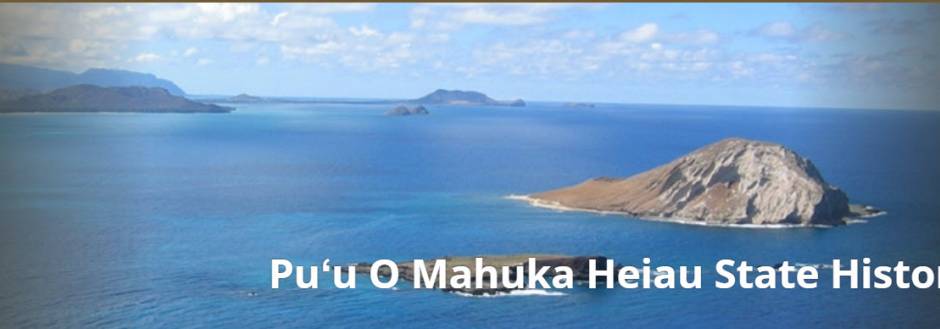Visitors to Oahu often spend their time seeing the island’s most popular places: Waikiki Beach, the Pearl Harbor Memorial, and the Diamond Head crater. To truly soak in Hawaiian culture, however, you also don’t want to miss a visit to a heiau in Oahu. These Hawaiian temples were once used by native islanders to pray and make offerings or sacrifices to gods, goddesses, and spirits.
Heiaus were abandoned or destroyed in the 1800s when Christianity came to the Pacific islands. Today, the ruins of the surviving temples are preserved in historic sites that you can visit.
While you’re in Oahu, visit these main heiaus:
Pu’u O Mahuka Heiau State Historic Site in Oahu’s North Shore is the largest heiau on the island. According to historians, this site was overseen by priests and consists of three walled enclosures that once likely held structures. Worshippers may have lit a fire to communicate to the heiau on Kauai. The Pu’u O Mahuka name means “hill of escape,” perhaps because volcano goddess Pele jumped from here to the neighboring island, Molokai, after feuding with her sister, Namakaokahai. From the historic site, you can view the Waimea Valley and Oahu’s North Shore.
Inland from Kailua Bay, you’ll find Ulupo Heiau State Historic Site. What was once a large structure, possibly a tower, is now a 30-foot-tall mound of rocks near a stream and marsh. It is believed native islanders used the area for farming fish and growing crops. Legend says the area may have been built or inhabited by Menehune, or little people who lived on the islands before Polynesians settled here. Today, visitors to Ulupo say they feel a sense of peace.
The sacred site of Keaiwa Heiau State Recreation Area was once a heiau for healing. People who were sick or injured would come here to visit the kahuna, to pray, and be healed. The kahuna would also train other healers here and store medicines. Historians believe that healing plants used to grow here, but now Keaiwa Heiau is a forested park with a 4.8-mile hiking trail and a campground. The trail provides views of Pearl Harbor. This is also a beautiful place for a picnic.
If you’re looking to see a native Hawaiian building at a heiau, visit Hale O Lono Heiau in Waimea Valley. This is the site of a temple dedicated to Lono, the god of fertility, peace, and rain. This heiau dates back to 1470 AD and is still used today for traditional practices. Many people visit the Waimea Valley Botanical Gardens and hike to the waterfall here.
On the eastern end of Oahu, take in the beautiful ocean views at Makapu’u Beach Park, where you can see a small heiau. You’ll see a low stone wall with signs. While you’re in the area, see the Kaiwi State Scenic Shoreline and take the Makapu’u Point Lighthouse Trail for more beautiful views of the eastern shore.
There are more heiaus on Oahu — including the lesser-known Pahua and Maunawila heiaus — and on other islands across Hawaii. When visiting these sacred sites, respect these ancient temples and let them stay intact for their preservation of Hawaiian culture.




